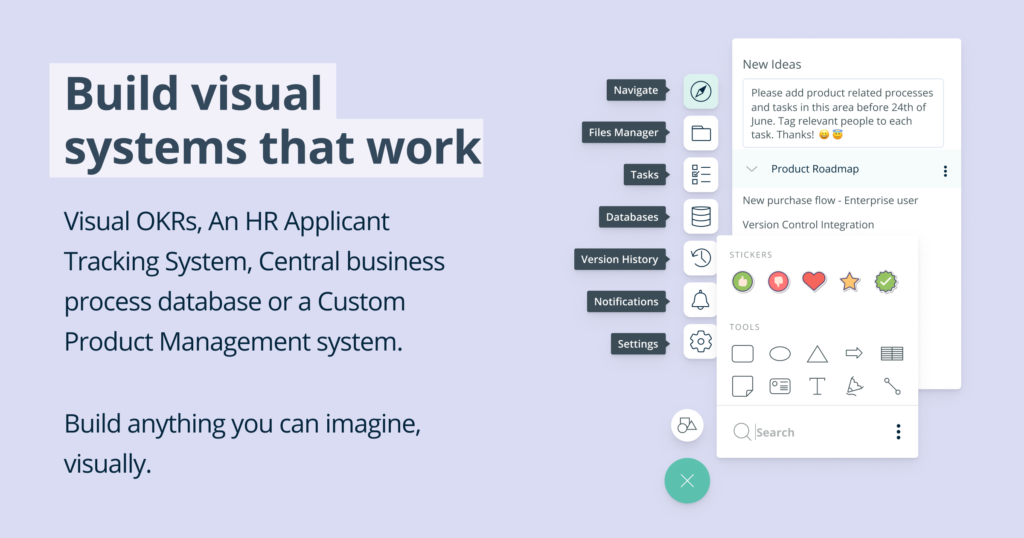Are you creative enough when eliciting requirements?
When I started thinking about creativity and requirements elicitation, I didn’t really think that these two concepts had much in common. However after some more consideration I changed my mind and decided that really effective requirements elicitation is inherently dependent on creativity. Yes, that is quite the U-turn in my thinking but this is the point of this article: When we are not used to an idea, or the answers are not in front of us, our creativity kicks in!
I think that every requirements elicitation meeting, discussion or workshop is in some way an expression of creativity. The question rather becomes – how much creativity is applied during those requirements elicitation discussions? Do people have to be consciously creative, or does it just happen naturally? Is the level of creativity that is applied really up to other factors such as the complexity of the challenge at hand or perhaps it is depending on how much of the “answers” we think we already have at the time…
Creativity comes when there is a lot of unknowns and a lot of uncertainty. This is when we have to think outside of what we already know, we step outside of where we feel comfortable and this is where I believe real creativity lives within each of us.
So how do we apply creativity to our requirements elicitation efforts?
There are some popular techniques already widely used inside and outside of the Business Analysis world of requirements elicitation – techniques such as: Brainstorming, Brainstorming Paradox and of course de Bono’s Six Thinking Hats.
The creativity techniques around requirement elicitation are typically used when innovation or creative ideas are required when requirements are formed. This type of elicitation is typically used with high-level requirements, scope definition sessions or abstract type concepts.
The remainder of this blog article is educational in nature, rather than opinion based. It covers the following three creative elicitation techniques:
- Brainstorming
- Brainstorming Paradox
- Change of perspective
What is ‘Brainstorming’ and how is it used?
Brainstorming as a requirement elicitation technique is applied within a group format. It is best applied when you have a large group of stakeholders in the workshop at the same time. When you apply this technique you need to divide the group into smaller groups of 5 to 10 people who then start to generate creative ideas within a specified timeframe for a particular topic or business problem. These ideas are collected without discussion and then again shared amongst other participants who will come up with more ideas based on the previous group’s ideas. In this way the business analyst collects a vast number of ideas for analysis and often this type of brainstorming elicitation creates innovative and surprisingly productive solutions.
 When does it work and when doesn’t it work?
When does it work and when doesn’t it work?
This technique works really well when you have a very diverse group of stakeholders from different business domains and you need a lot of creative ideas to stimulate the requirements elicitation for a particular project.
Sometimes when the stakeholder group doesn’t have a very good group dynamic or where there are a few very strong personalities in the room, this technique might not work that well. In this case you should consider using one of the other requirements elicitation techniques, which doesn’t require spontaneous group based interaction.
What is the Brainstorming Paradox and how is it used?
The brainstorming paradox is an alternative interpretation from the traditional brainstorming technique, which we just discussed. The difference with this technique is that the groups are asked to come up with ideas of things that should not happen. After these ideas have been collected the groups then work on measures to prevent this from happening. This is a great technique to apply in a project scenario where projects need to be identified and measures developed.
The same type of situations in terms of stakeholder dynamics applies to this technique. So only apply this technique when you believe the stakeholders in the groups will contribute freely and creatively.
What is the ‘De Bono’s Six Thinking Hats’ and how is it used?
The six thinking hats is a very popular method, which is all about getting the stakeholders in the room to wear a pretend hat. Each hat is a different perspective. Like for example: There is a positive hat and a hat for caution. There is a hat for creative thinking and another for process and control. There is a hat for emotions, intuition and feelings and then there is a hat for data and facts. Each person in a group of 6 will get the chance to wear this hat when the group discusses a problem or requirement. This way people are forced to think in a different way using the different perspectives.
This technique is a great way to come up with creative ideas and requirements for challenging business needs or problems. It places different views on the same problem or requirement under discussion, which generates further ideas and solutions. The disadvantage with this technique is that it doesn’t work that well with a low level of detailed requirements elicitation because this will be very time consuming and end up being counter productive.
Conclusion
We have discussed 3 creative requirements elicitation techniques that you can apply as the business analyst. It is worth noting that there are a lot of alternatives and variations of these three techniques available and it is always very important for you as the business analyst to understand the situation, your objective for the requirements elicitation session and the stakeholders you have to work with before choosing which method to apply.
Remember that creativity comes when we open our minds to the fact that we may not know all the answers yet.






